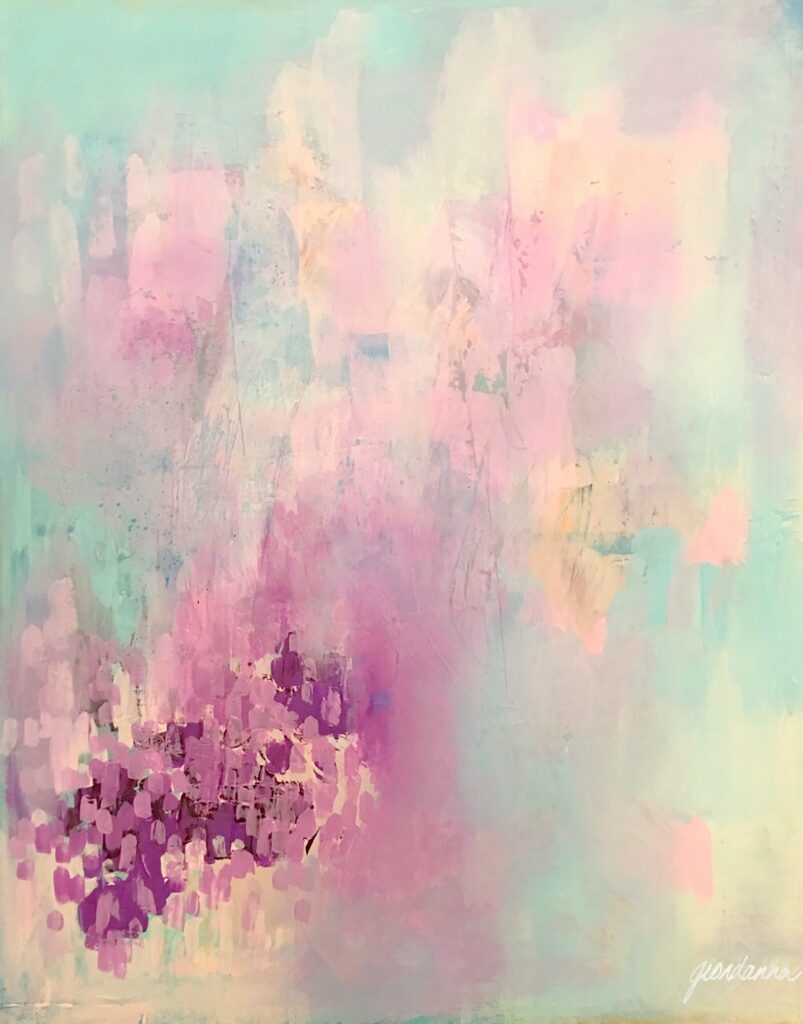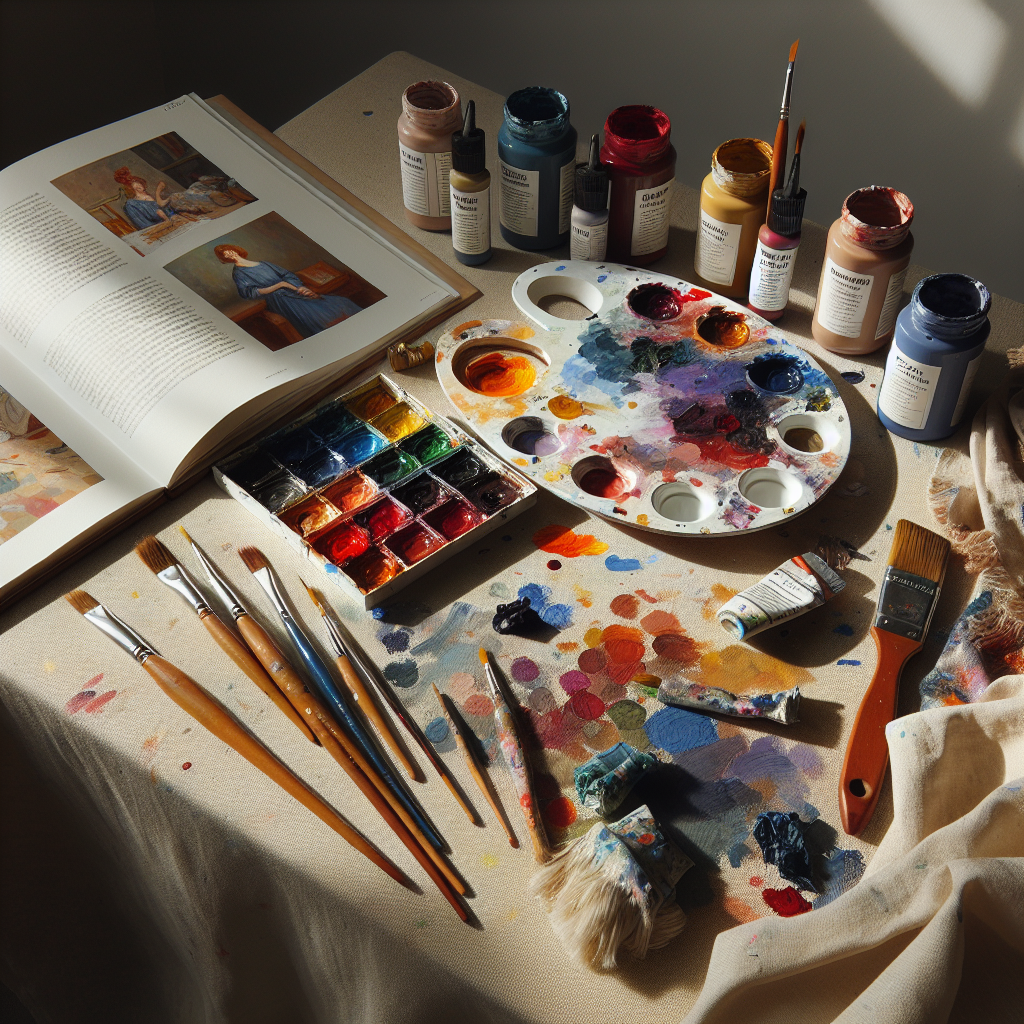Gouache paint, known for its intense pigmentation and velvety finish, has gained popularity among artists and hobbyists alike. However, a common concern among users is whether gouache paint is washable. This article aims to provide you with a definitive answer, exploring the properties of gouache paint and its ability to withstand water and cleaning methods. Discover whether your precious gouache creations can be easily cleaned or if they require additional precautions to maintain their vibrant colors.
Is Gouache Paint Washable
Gouache paint is a versatile and popular medium used by artists around the world. As an artist, one of the concerns you may have when using gouache paint is its washability. Can you easily remove gouache paint from surfaces, brushes, and hands? In this comprehensive article, we will explore the washability of gouache paint, including the different types of gouache paint and their water solubility, factors affecting washability, washing techniques and tips, and precautions for washing gouache paint.
What is Gouache Paint
Gouache paint is a type of opaque watercolor that is known for its vibrant colors and matte finish. It is made from a mixture of pigments, binders, and a solid white pigment called chalk or blanc fixe. Gouache paint has been used by artists for centuries and is particularly favored by designers, illustrators, and cartoonists due to its ability to create solid, bold colors and its versatility in layering and blending.
Water Solubility of Gouache Paint
One of the key characteristics of gouache paint is its water solubility. Gouache paint, unlike oil or acrylic paint, can be rewetted with water even after it has dried. This means that you can easily reactivate dried gouache paint by adding water, allowing for corrections and adjustments to be made. However, this water solubility also means that gouache paint can be washed off surfaces and brushes with water.

This image is property of images.unsplash.com.
Factors Affecting Washability
The washability of gouache paint can be influenced by several factors. The first factor is the quality of the paint itself. Higher quality gouache paints generally have better washability due to the presence of higher quality binders and pigments. Another factor is the type of surface the gouache paint is applied to. Gouache paint tends to adhere more strongly to porous surfaces, such as paper, compared to non-porous surfaces, such as glass or plastic. The amount of water used when painting also affects the washability of gouache paint. Using more water during the painting process may make the paint more washable, while using less water may result in a more permanent finish.
Types of Gouache Paint
There are three main types of gouache paint: traditional gouache, acrylic gouache, and watercolor gouache. Each type has its own unique characteristics and washability properties.
Traditional gouache is the classic form of gouache paint and is made with a combination of pigment, gum arabic, and chalk or blanc fixe. It is known for its vibrant colors and opacity. Traditional gouache is highly washable, making it easy to remove from surfaces with water.
Acrylic gouache, on the other hand, is a newer form of gouache paint that is made with a combination of pigment, acrylic polymer emulsion, and chalk or blanc fixe. It has a similar appearance to traditional gouache but dries to a waterproof finish. While acrylic gouache can be rewetted and adjusted with water during the painting process, once it dries, it becomes more resistant to water and can be more challenging to wash off.
Watercolor gouache, also known as “designer’s gouache,” is a hybrid between watercolor and gouache paint. It is made with an increased ratio of pigment to binder, resulting in a more opaque and vibrant paint. Watercolor gouache is highly water-soluble and can be easily washed off surfaces and brushes.

This image is property of images.unsplash.com.
Washability of Traditional Gouache Paint
Traditional gouache paint is renowned for its washability. When applied to surfaces such as paper, canvas, or cardboard, traditional gouache can be easily removed with water. Simply wetting the painted area and gently scrubbing with a brush or sponge should remove the paint without leaving any residue. However, it is important to note that the washability of traditional gouache can vary depending on the quality of the paint and the type of surface it is applied to. Some cheaper or low-quality gouache paints may leave behind stains or require more effort to fully wash off.
Washability of Acrylic Gouache Paint
Acrylic gouache paint has a different washability compared to traditional gouache paint. While it can be rewetted and adjusted with water during the painting process, once it dries, it becomes more resistant to water. This means that acrylic gouache paint, once dry, can be more challenging to wash off surfaces and brushes. To remove dried acrylic gouache paint, it may be necessary to use a combination of water and gentle scrubbing, or even specialized paint removers. It is important to follow the manufacturer’s instructions and test any paint removers on a small, inconspicuous area before using them on a larger scale.

This image is property of images.unsplash.com.
Washability of Watercolor Gouache Paint
Watercolor gouache, also known as “designer’s gouache,” shares similar washability properties with traditional gouache paint. It is highly water-soluble and can be easily washed off surfaces and brushes with water. However, it is worth noting that some watercolor gouache paints may leave behind a slight staining effect, especially on porous surfaces. This staining can usually be minimized or removed by using soap or a mild detergent when washing the painted area.
Washing Techniques and Tips
When washing gouache paint off surfaces or brushes, there are several techniques and tips that can help achieve the best results. Firstly, it is important to act quickly and wash the paint off as soon as possible. Wetting the painted area with water and gently scrubbing with a brush or sponge should help remove the paint effectively. If the paint has dried or is more stubborn to remove, soaking the area in water for a few minutes before gently scrubbing can be helpful. For brushes, soaking them in water and using a mild soap or brush cleaner can aid in removing the paint. It is important to rinse the brushes thoroughly after cleaning to remove any soap residue.

Removing Stains and Residue
In some cases, gouache paint may leave behind stains or residue, especially on porous surfaces or if the paint has been left to dry for an extended period. To remove stains or residue, it may be necessary to use specialized stain removers or cleaning products. It is crucial to follow the instructions provided by the manufacturer of these products and to test them on a small, inconspicuous area before applying them to a larger surface. It is also important to be gentle when scrubbing or applying any cleaning products to avoid causing damage to the surface.
Precautions for Washing Gouache Paint
While gouache paint is generally washable, there are some precautions to keep in mind when washing gouache paint. Firstly, it is important to protect your clothing and work surfaces before starting any painting activity. Wearing an apron or old clothing that you don’t mind getting dirty can help prevent stains. Additionally, using a drop cloth or covering your work surface with plastic or newspaper can protect it from paint splatters and spills. When washing gouache paint, it is advisable to use gloves to protect your hands from any potential irritation or staining. Lastly, it is important to read and follow the instructions provided by the manufacturer of the gouache paint, as different brands or types of gouache paint may have specific recommendations for washing and cleaning.
In conclusion, gouache paint is generally washable due to its water-soluble nature. Traditional gouache paint, acrylic gouache paint, and watercolor gouache paint can all be easily washed off surfaces and brushes with water. However, it is important to consider the quality of the paint, the type of surface it is applied to, and the drying time when assessing the washability of gouache paint. By following proper washing techniques and taking necessary precautions, you can enjoy the benefits of gouache paint while keeping your surfaces, brushes, and hands clean.




